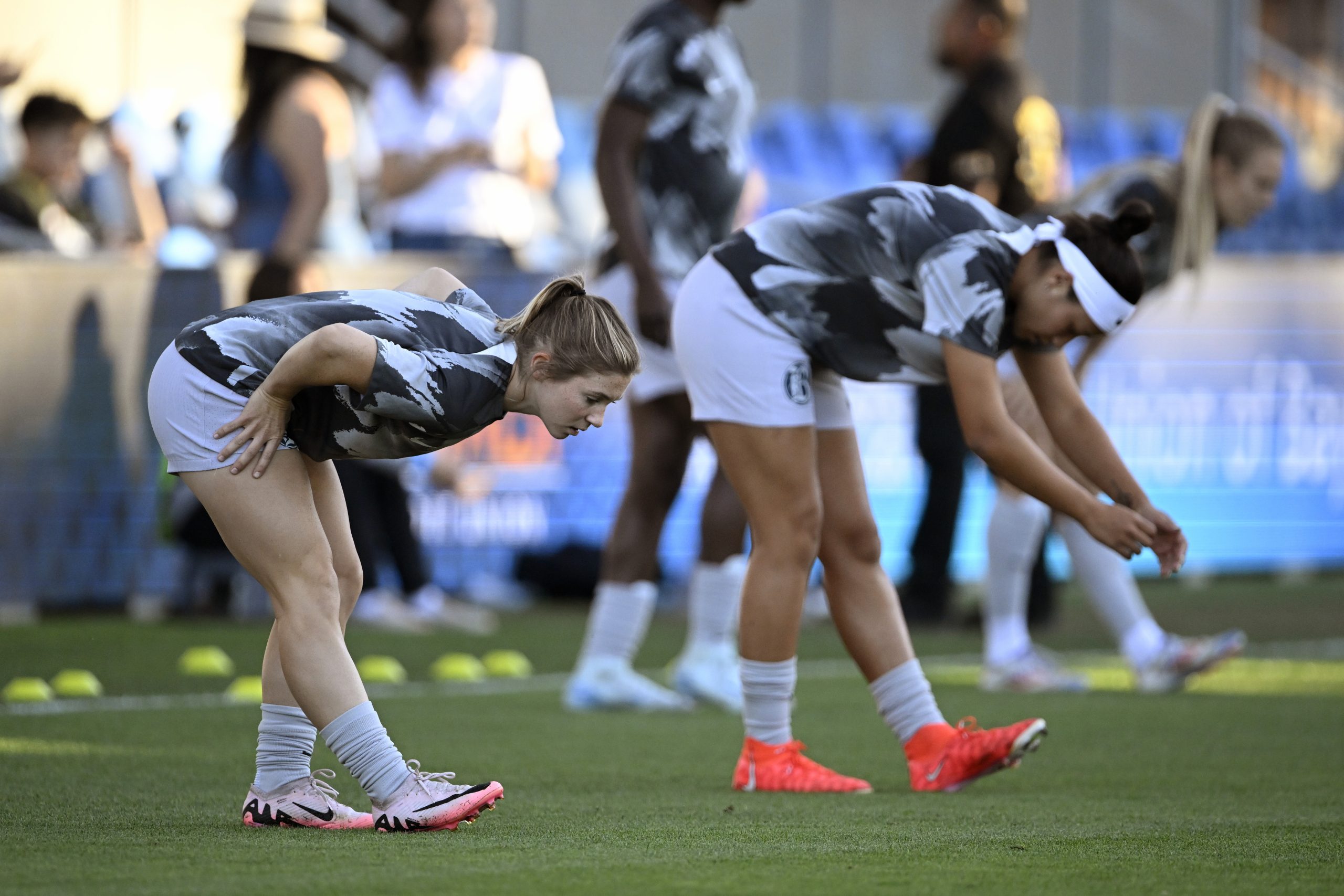
Dynamic stretching is a game-changer for anyone looking to improve performance, reduce injury risks, and prepare muscles for optimal movement. In the words of Jessica Chellsen, DPT, CSCS, and founder of Vibrant Coast Physical Therapy & Wellness, “Motion is the lotion!” Dynamic stretches help your muscles and joints move through their full range of motion, making them an essential part of any warm-up routine.
Skipping your warm-up could mean missing out on these valuable benefits. Dynamic stretches increase your heart rate, warm up muscles, and promote efficiency—all critical for preventing injury and getting the most out of your workout. As Chellsen puts it, dynamic stretches can boost your readiness for physical activity by mimicking the movements of your sport or workout.
Incorporating these movements into your workday is equally important, especially if you spend long periods sitting. As Kendall Green, DPT, CSCS, from Myodetox notes, staying in fixed positions for extended periods can reduce your range of motion, but taking breaks to perform dynamic stretches can help prevent this.
Dynamic vs. Static Stretching
Dynamic stretching involves actively moving muscles and joints through their full range of motion, while static stretching involves holding muscles in a lengthened position. According to Joseph Bryan Lipana, DPT, CSCS, static stretches are more effective for cooling down and relaxation after a workout, as they temporarily reduce muscle stiffness but can decrease strength and power. Dynamic stretching, however, is ideal for warm-ups because it activates and preps muscles for movement, improving performance and reducing injury risks.
Benefits of Dynamic Stretching
- Increased Range of Motion
Dynamic stretches help promote joint mobility and reduce muscle stiffness, allowing you to move more freely during your workout. - Decreased Risk of Injury
By warming up and stretching muscles, dynamic stretches increase their elasticity, reducing the chance of injury during exercise. - Prepares the Brain for Movement
Dynamic stretches prime the brain to engage muscles faster and more effectively, making them perfect for sport-specific movements like running or jumping. - Promotes Blood Flow
These stretches improve circulation, delivering oxygen to muscles and raising core temperature, which helps activate muscle elasticity. - Improved Performance
By enhancing muscle activation and force development, dynamic stretching leads to better performance, whether in high-intensity workouts or slower-paced sessions like Pilates. - Optimizes Joint Health
Regular movement during dynamic stretching increases the production of synovial fluid, which helps lubricate joints and keeps them healthy.
Best Dynamic Stretches for Warming Up
- Jumping Jacks
Why it works: A full-body movement that targets shoulders, thighs, calves, and glutes, as well as jumping jacks, also elevates your heart rate and prepares your body for any workout.
- Stand with feet together and arms by your sides.
- Jump while raising arms overhead and spreading feet wider than shoulder-width apart.
- Jump again to return to the starting position. Repeat.
- Inchworms
Why it works: This stretch warms up your hamstrings, core, and upper body, offering a full-body engagement that preps you for intense workouts.
- Start standing, and bend forward to touch the ground in front of your feet.
- Walk your hands forward into a plank position.
- Pause, then walk your hands back to your feet and return to standing.
- TWY
Why it works: This move strengthens the back and shoulders while opening up the chest, making it great for posture and upper body mobility.
- Stand with feet hip-width apart, hinge forward at the hips.
- Form a “T” by extending arms out to the sides.
- Move arms up into a “Y” shape, then bend elbows to create a “W.”
- Hip Openers
Why it works: Prepares your hips and core for movements like running or squatting while loosening up hip flexors and strengthening leg muscles.
- Stand with feet shoulder-width apart, arms bent at 90 degrees.
- Lift and circle your right knee in, up, and around, then place your foot back down.
- Repeat with the left leg.